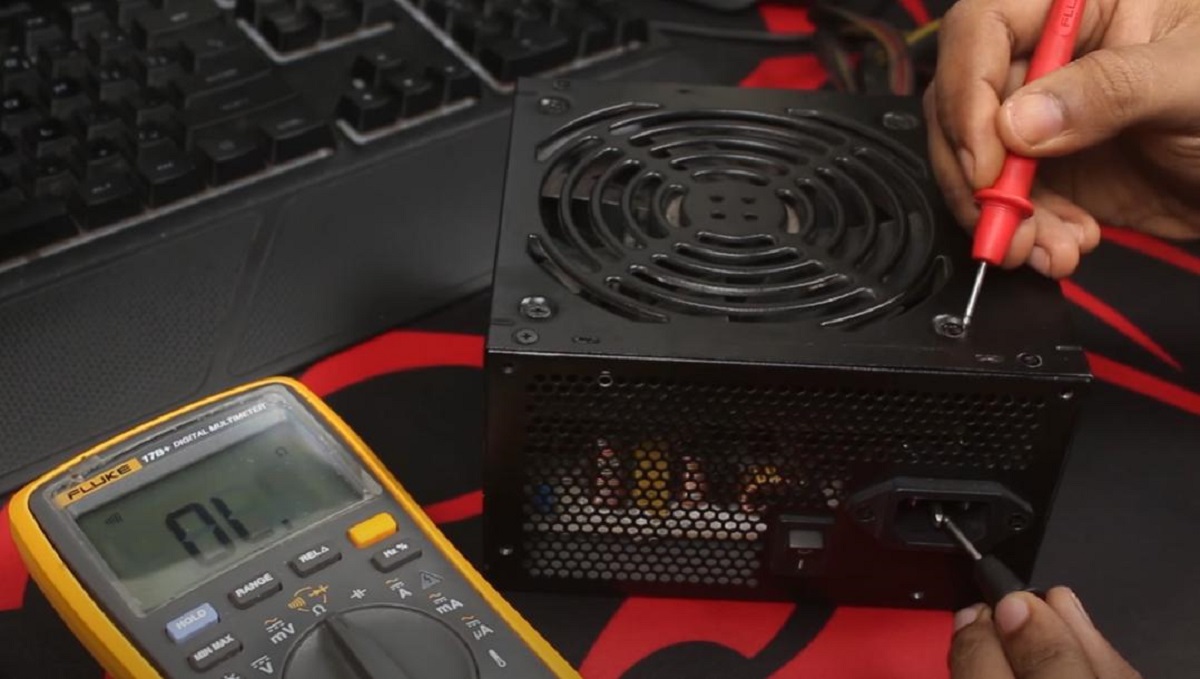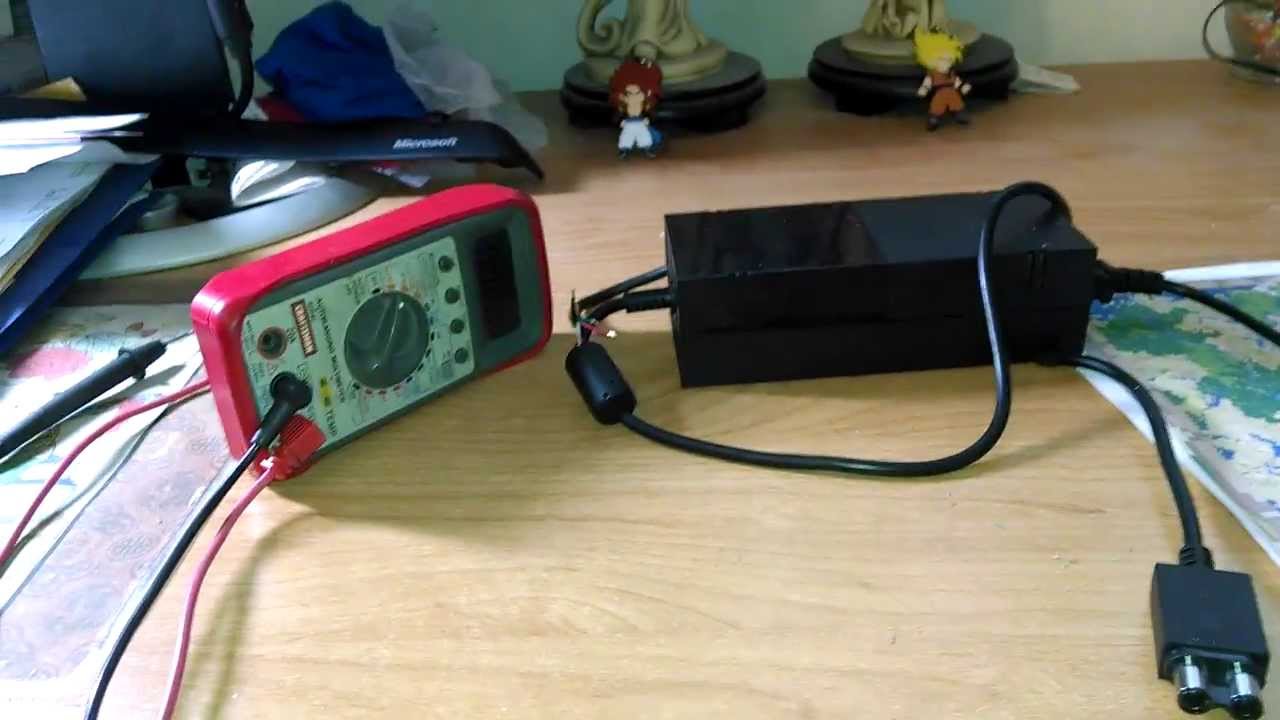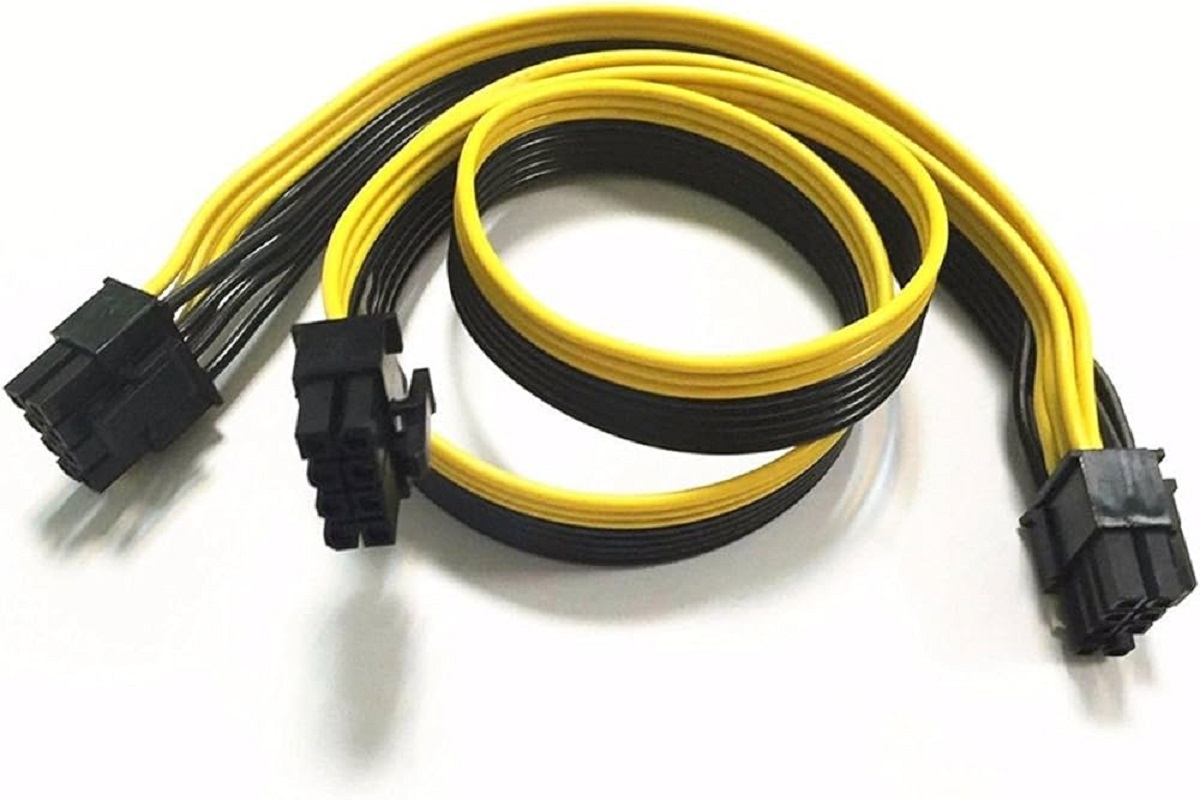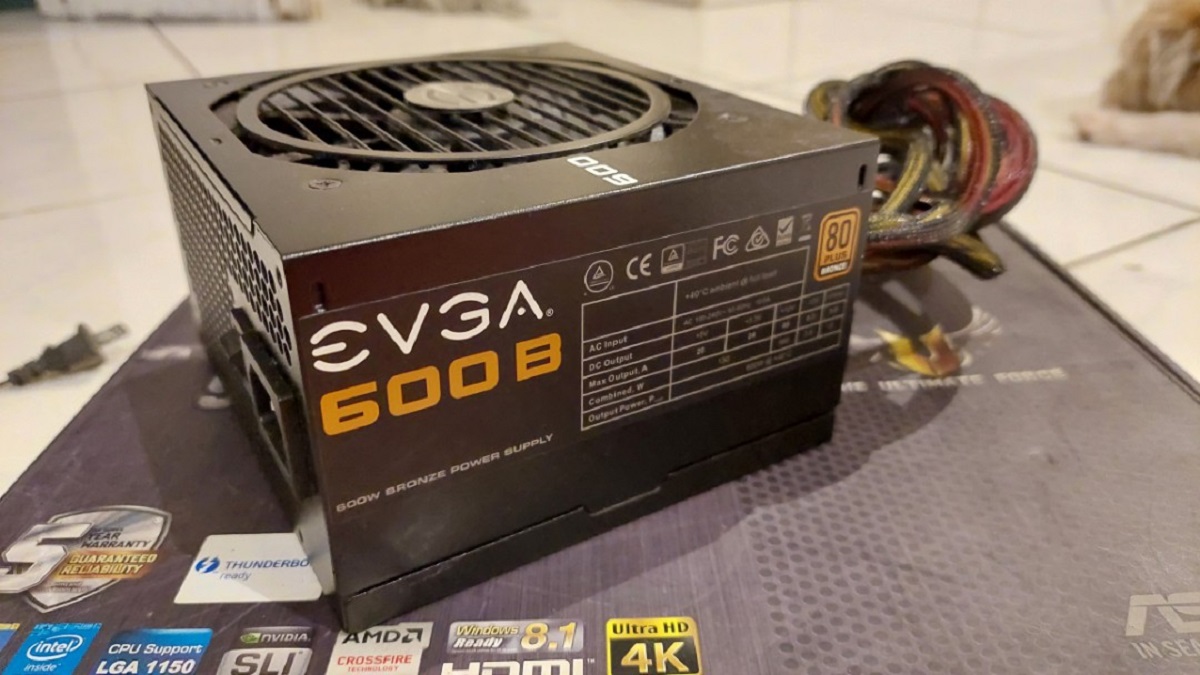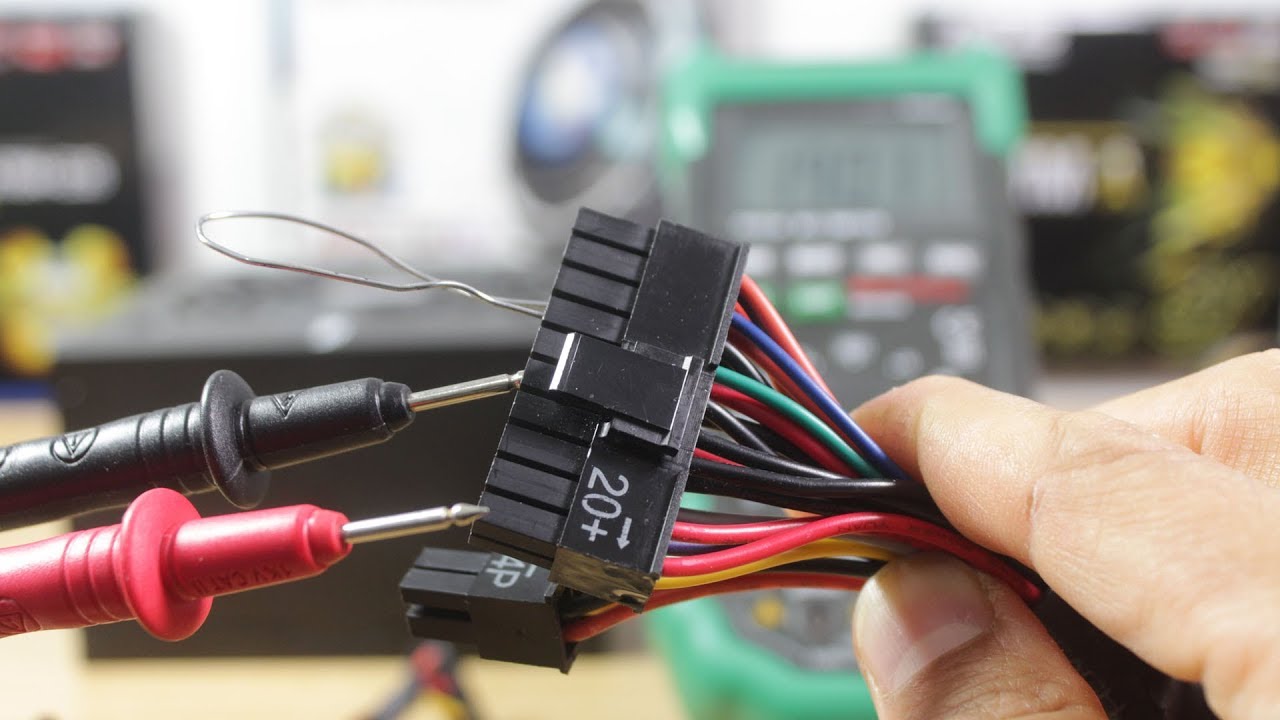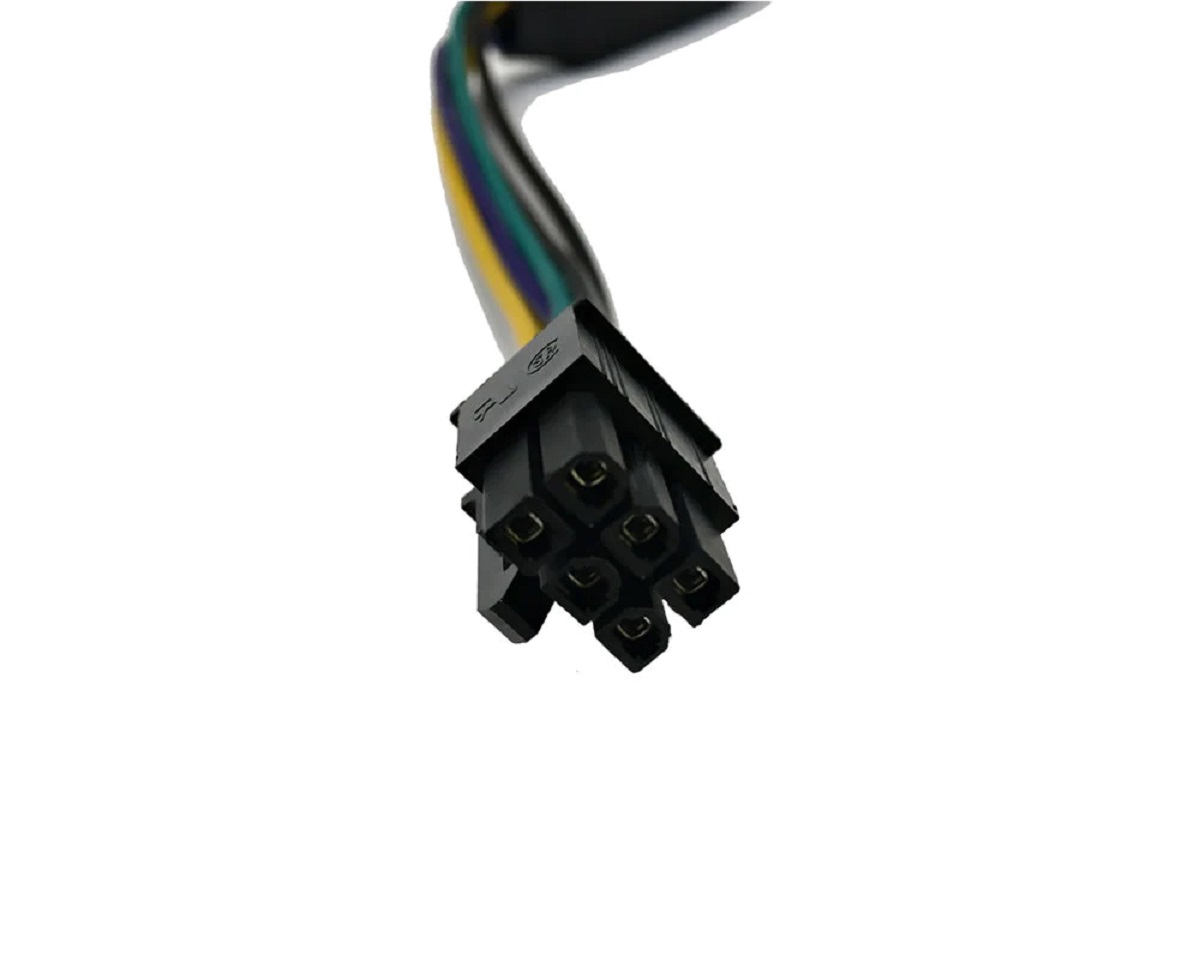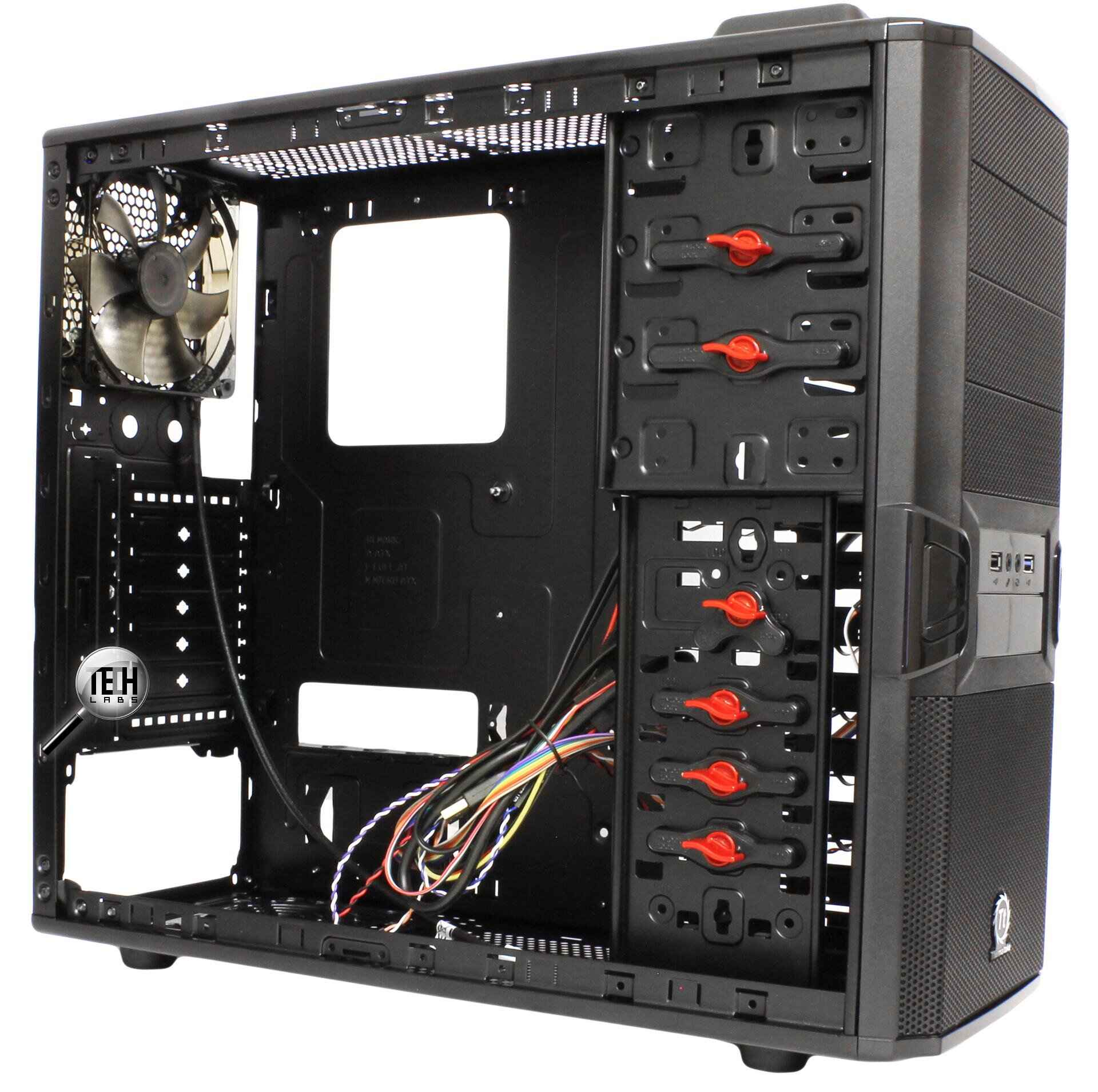Introduction
Welcome to our guide on understanding which cable is ground on a PSU (Power Supply Unit). If you have ever opened up a computer or electronic device, you may have noticed a jumble of cables connected to a power supply. These cables transmit electricity to different components, ensuring they function properly. Among these cables, one of the most crucial is the ground cable.
Grounding is an essential aspect of electrical systems, protecting both the device and its users from potential harm. In this article, we will explore the importance of the ground cable in a PSU, understand what it is, and learn how to identify it amidst the various cables inside the power supply.
Whether you are a computer enthusiast, IT professional, or simply someone curious about the inner workings of electronic devices, this guide will provide you with the knowledge you need to confidently identify the ground cable in a PSU. So, let’s dive in and uncover the mysteries of the ground cable together!
What is PSU?
Before we delve into the specifics of the ground cable, let’s first understand what a PSU is. PSU stands for Power Supply Unit, and it is a crucial component in any electronic device that requires a power source to operate.
The PSU is responsible for converting AC (alternating current) power from an outlet into DC (direct current) power that can be used by the various components within the device. It ensures a stable and regulated power supply, allowing the components to function properly and preventing potential damage caused by power fluctuations.
The PSU typically consists of several internal components, including capacitors, transformers, and voltage regulators, all working together to provide a reliable power source to the device. It connects to the motherboard and various peripheral devices through a series of power cables.
Understanding the different cables within a PSU is crucial for proper installation, maintenance, and troubleshooting of electronic devices. In particular, knowing how to identify the ground cable is essential for ensuring the safety and optimal functioning of the device.
Now that we have a basic understanding of what a PSU is, let’s explore the concept of ground and why it is integral to the functioning of a PSU.
What is ground?
When it comes to electrical systems, the concept of “ground” is of utmost importance. Ground, also known as earth, is a reference point for electrical potential in a circuit. It serves as a safety measure to direct electrical energy away from sensitive components and prevent electrical shocks.
In simple terms, ground acts as a pathway for excess electricity to flow into the earth, effectively dissipating the energy and neutralizing any potential harm. It provides a stable reference point for voltage levels, ensuring that electrical currents flow smoothly and safely through the circuit.
In the context of a PSU, the ground cable is the connection through which the excess electrical energy is directed to the ground. It serves as a protective measure, preventing any potential build-up of energy that could otherwise cause damage to the system or pose a risk to the user.
Grounding is especially important in electronic devices to prevent electrical interference, static build-up, and potential short circuits. By grounding the device, any stray currents or static charges are safely directed away, reducing the risk of damage to the components and ensuring the proper functioning of the device.
Now that we understand the concept of ground and its significance in electrical systems, let’s explore the importance of the ground cable in a PSU and how to identify it among the various cables in the power supply.
Importance of ground in PSU
The ground cable in a PSU plays a crucial role in maintaining the safety and reliability of the power supply unit. It serves as a protective measure against electrical faults, ensuring that excess electrical energy is properly directed and neutralized.
One of the main benefits of grounding is the prevention of electrical shocks. In the event of a fault or malfunction within the PSU, the excess electrical energy will flow through the ground cable and into the earth rather than passing through the sensitive components or the user. This helps to protect both the device and the individuals using it from potential harm.
Grounding also helps to prevent electrical interference and noise in the system. The ground cable acts as a reference point for voltage levels, ensuring that the electrical signals are stable and consistent. This is particularly important in sensitive electronics, such as computer systems or audio equipment, where any disruptions or fluctuations in the power supply can cause malfunctions or loss of data.
In addition, grounding helps to prevent static build-up within the PSU. Electrostatic discharge can occur when there is an imbalance of electrical charges, and this can potentially damage sensitive components. By providing a pathway for the excess charges to dissipate, the ground cable helps to minimize the risk of static discharge and prevent damage to the internal circuitry of the PSU.
Furthermore, grounding is essential for the proper functioning of the electromagnetic shielding within the PSU. The ground connection ensures a reliable reference point for the shielding, helping to reduce electromagnetic interference from both external sources and from the internal components of the PSU itself. This helps to maintain the integrity of the electrical signals and minimize any disruptions caused by electromagnetic noise.
Overall, the ground cable in a PSU is of paramount importance for the safety, reliability, and optimal functioning of the system. By providing a pathway for excess electrical energy, it helps to protect the components, prevent electrical shocks, reduce interference, and maintain stable voltage levels. Understanding and identifying the ground cable within the PSU is vital for the proper installation and maintenance of electronic devices.
Different cables in PSU
A Power Supply Unit (PSU) consists of various cables that connect to different components of a computer or electronic device. Understanding the purpose and function of these cables is essential for proper installation and troubleshooting. While the ground cable is one of the most important cables, it’s also important to familiarize ourselves with the other cables commonly found in a PSU.
Here are some of the different cables you are likely to find in a typical PSU:
- Main Power Connector (24-pin ATX): This cable provides power to the motherboard and is one of the primary connections in a PSU. It supplies necessary voltage levels to ensure the proper operation of the system.
- CPU Power Connector (4-pin or 8-pin): This cable delivers power specifically to the central processing unit (CPU) of the computer. It provides the necessary electrical energy to the CPU for it to function optimally.
- SATA Power Connector: SATA power cables are used to supply power to SATA devices such as hard drives, solid-state drives (SSDs), and optical drives. These flat, thin connectors are commonly found in modern computer systems.
- Peripheral Power Connectors (Molex or Berg): These connectors are used to power various peripheral devices such as fans, older hard drives, and other expansion cards. They were commonly used in older computer systems and are gradually being phased out in favor of SATA power connectors.
- PCIe Power Connector: PCIe power cables are used to provide additional power to high-performance components like graphics cards. These connectors come in different configurations, such as 6-pin, 8-pin, or even 6+2-pin, depending on the power requirements of the particular component.
It’s important to note that the colors of the cables may vary depending on the manufacturer and model of the PSU. Therefore, identifying the ground cable solely based on color may not always be reliable. Instead, we need to rely on other methods to identify the ground cable accurately.
Now that we have familiarized ourselves with the various cables in a PSU, let’s move on to identifying the ground cable amidst these different cables.
Identifying the ground cable
Identifying the ground cable within the plethora of cables in a PSU can be challenging, especially since the colors of the cables may vary depending on the manufacturer. However, there are a few reliable methods to help you accurately identify the ground cable:
- Check the pinout diagram: Most PSUs come with a pinout diagram that provides detailed information about the different cables and their functions. The ground cable is usually labeled as “Ground” or “GND” in the diagram. Referencing this diagram can be a quick and accurate way to identify the ground cable.
- Look for the largest wire gauge: The ground cable in a PSU is often constructed using a thicker wire gauge compared to the other cables. This is because the ground cable needs to handle larger electrical currents and provide a low-impedance path for excess energy. By inspecting the cables and comparing their thicknesses, you can often identify the ground cable by finding the one with the largest wire gauge.
- Follow the convention: While it’s not foolproof, there is a common convention followed by many manufacturers where the black wires are often designated as ground wires. Visually inspect the cables, and if there are any black wires, there is a high likelihood that one of them is the ground cable.
- Consult the PSU manual: If you have access to the PSU manual, it can provide valuable information on the cable layout and potential color codes used. The manual may also include specific instructions on identifying the ground cable, making it a useful resource.
It’s worth noting that in some cases, the ground cable may not be an individual cable but rather a common ground connection shared with other cables. In such instances, you may need to look for a larger terminal or connection point where multiple cables are grounded.
Remember, safety is paramount when working with electricity. If you are unsure about identifying the ground cable or any other aspect of the PSU, it is always recommended to seek professional assistance or consult the manufacturer’s support team for guidance.
Now that we have explored different methods of identifying the ground cable, let’s move on to common colors that may be associated with the ground cable in a PSU.
Common colors of ground cable
When it comes to the colors of cables in a Power Supply Unit (PSU), it’s important to note that there is no universal standard. The colors can vary between manufacturers and even between different PSU models from the same manufacturer. However, there are some common color codes associated with the ground cable that can provide a starting point when trying to identify it.
The most common color for the ground cable in a PSU is black. Many manufacturers follow a convention where black wires are designated as ground wires. This convention makes it easier to identify the ground cable, especially when no other distinguishing features are present.
However, it’s essential to be cautious because not all black cables in a PSU are ground cables. Some black cables may be used for other purposes, such as providing power to different components or signaling connections.
In addition to black, some PSUs may use other colors for the ground cable. Some common alternative colors for the ground cable include:
- Green: In certain PSUs, the ground cable is colored green. This can be a helpful indicator when identifying the ground cable, but it’s important to note that not all PSUs follow this color convention.
- Striped or multicolored: In some PSUs, the ground cable may have stripes or be multicolored, with black mixed with another color. This can help differentiate it from other cables within the PSU.
It’s crucial to remember that while these colors are commonly associated with the ground cable, they are not definitive indicators. The best way to accurately identify the ground cable is to refer to the pinout diagram or documentation provided by the PSU manufacturer.
Furthermore, always exercise caution when working with electricity and double-check your connections before applying power to the device. If you are unsure about the identification of the ground cable or any other aspect of the PSU, consult the manufacturer’s documentation or seek assistance from a professional.
Now that we have explored the common colors associated with the ground cable, let’s move on to discussing other methods of identifying the ground cable in a PSU.
Other ways to identify the ground cable
While color coding can be a helpful indicator, it’s important to note that the color of the cable alone may not always be a reliable factor in identifying the ground cable in a Power Supply Unit (PSU). In addition to color, there are other methods you can employ to identify the ground cable accurately:
- Labeling or markings: Some manufacturers label or mark the ground cable to make it easier to identify. Look for labels such as “GND” or “Ground” directly on the cable insulation or at the connector ends.
- Wire arrangement: In some cases, the ground cable may be arranged differently from the other cables within the PSU. It might have a different braiding pattern, insulation texture, or even be located separately from the other cables. Observing the wire arrangement can provide a clue in identifying the ground cable.
- Symbol recognition: On the PCB (Printed Circuit Board) of the device or in the PSU pinout diagram, there may be symbols or icons used to represent the ground connection. These symbols could be a triangle with horizontal lines or specific grounding symbols. Familiarize yourself with these symbols, which can help you identify the corresponding ground cable.
- Professional guidance: If you are uncertain about identifying the ground cable or have concerns about working with electronics, it is recommended to seek assistance from a professional or consult the manufacturer’s support team. They can provide specific information and guidance based on the PSU model you are working with.
Remember that safety should always be a top priority when working with electrical devices. Before handling any cables or making connections within the PSU, ensure that the power is completely turned off and disconnected from the device. Take necessary precautions to prevent electrostatic discharge and other potential hazards.
By combining multiple identification methods such as color coding, labeling, wire arrangement, and symbol recognition, you can increase your chances of accurately identifying the ground cable within a PSU.
Now that we have explored different methods of identifying the ground cable, let’s summarize the key points and conclude our guide.
Conclusion
Understanding which cable is ground on a Power Supply Unit (PSU) is crucial for the proper installation, maintenance, and safety of electronic devices. The ground cable plays a vital role in directing excess electrical energy away from sensitive components and protecting both the device and its users from potential harm.
In this guide, we have explored the concept of a PSU and its various cables. We discussed the importance of ground in a PSU, emphasizing its role in preventing electrical shocks, reducing interference, and maintaining signal integrity. Additionally, we provided methods to help identify the ground cable, including referring to pinout diagrams, inspecting wire gauge, following color coding conventions, and employing labeling or markings.
It’s important to note that while color coding can provide a general indication, it may not always be a definitive factor in identifying the ground cable within a PSU. Therefore, it’s essential to rely on multiple methods and consult the PSU documentation or seek professional guidance if you are uncertain or have concerns.
Always prioritize safety when working with electricity. Turn off the power and take necessary precautions to prevent damage to the devices and ensure personal safety. If you are unsure about any aspect of the PSU or its cables, it’s recommended to seek assistance from a professional who can provide specific guidance based on the PSU model you are working with.
By gaining a deeper understanding of the ground cable and its importance in a PSU, you will be better equipped to handle and maintain electronic devices safely and effectively. Now, armed with this knowledge, you can confidently navigate the maze of cables within a PSU and ensure the optimal functioning of your electronic equipment.







